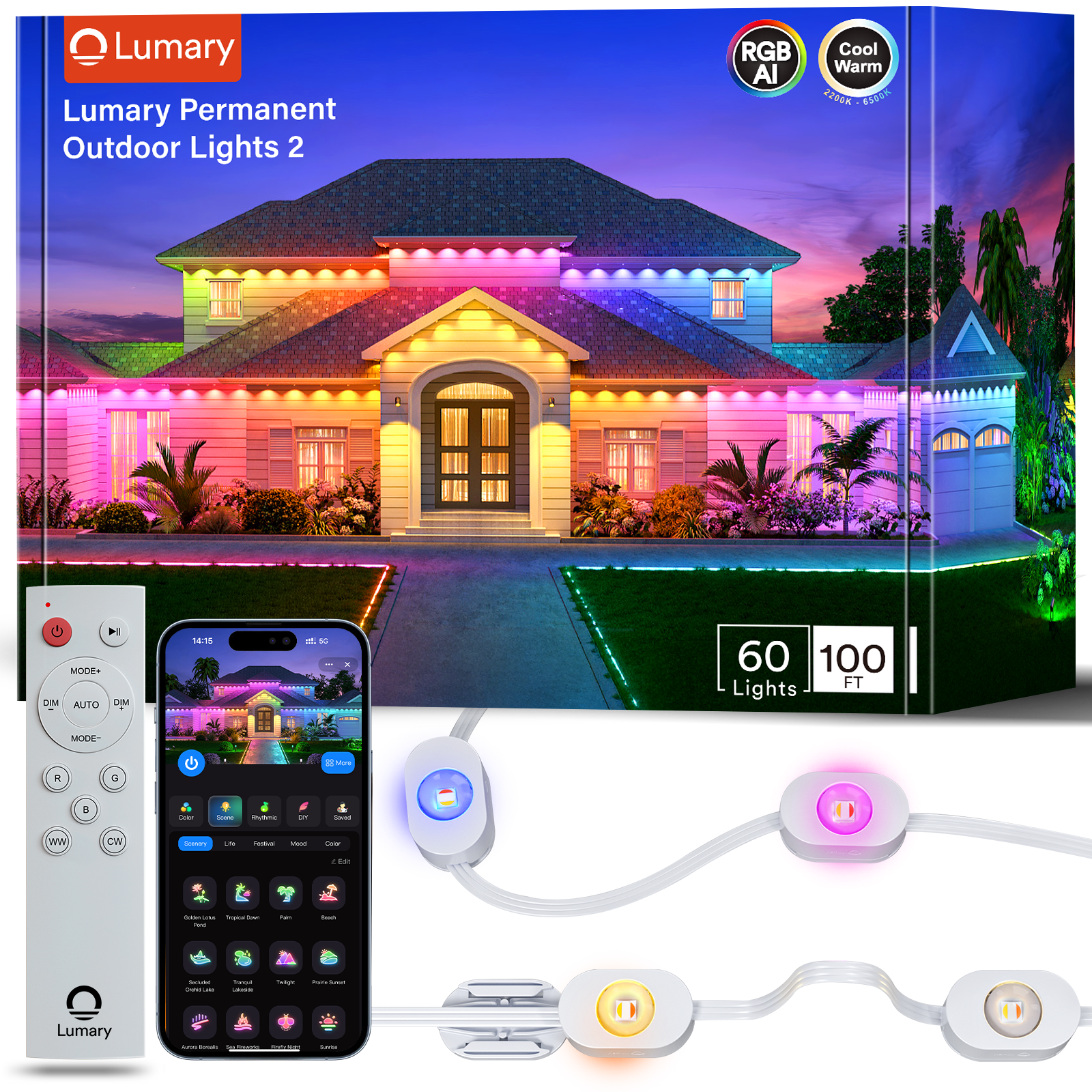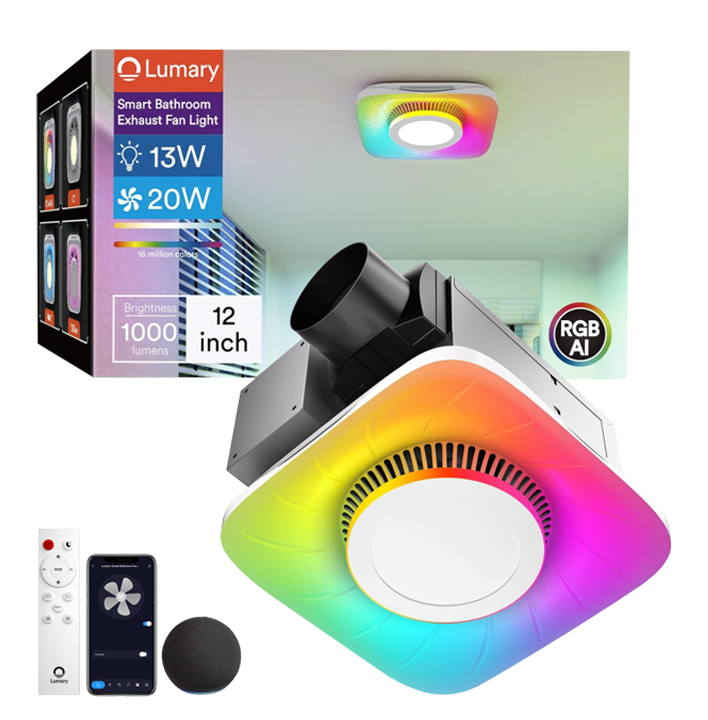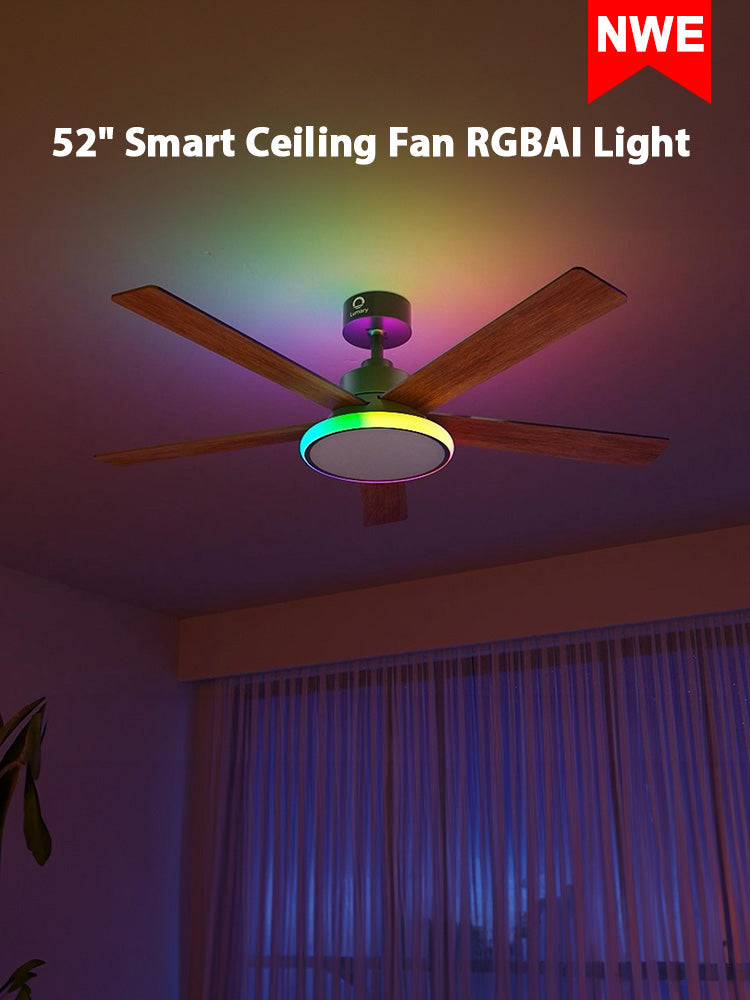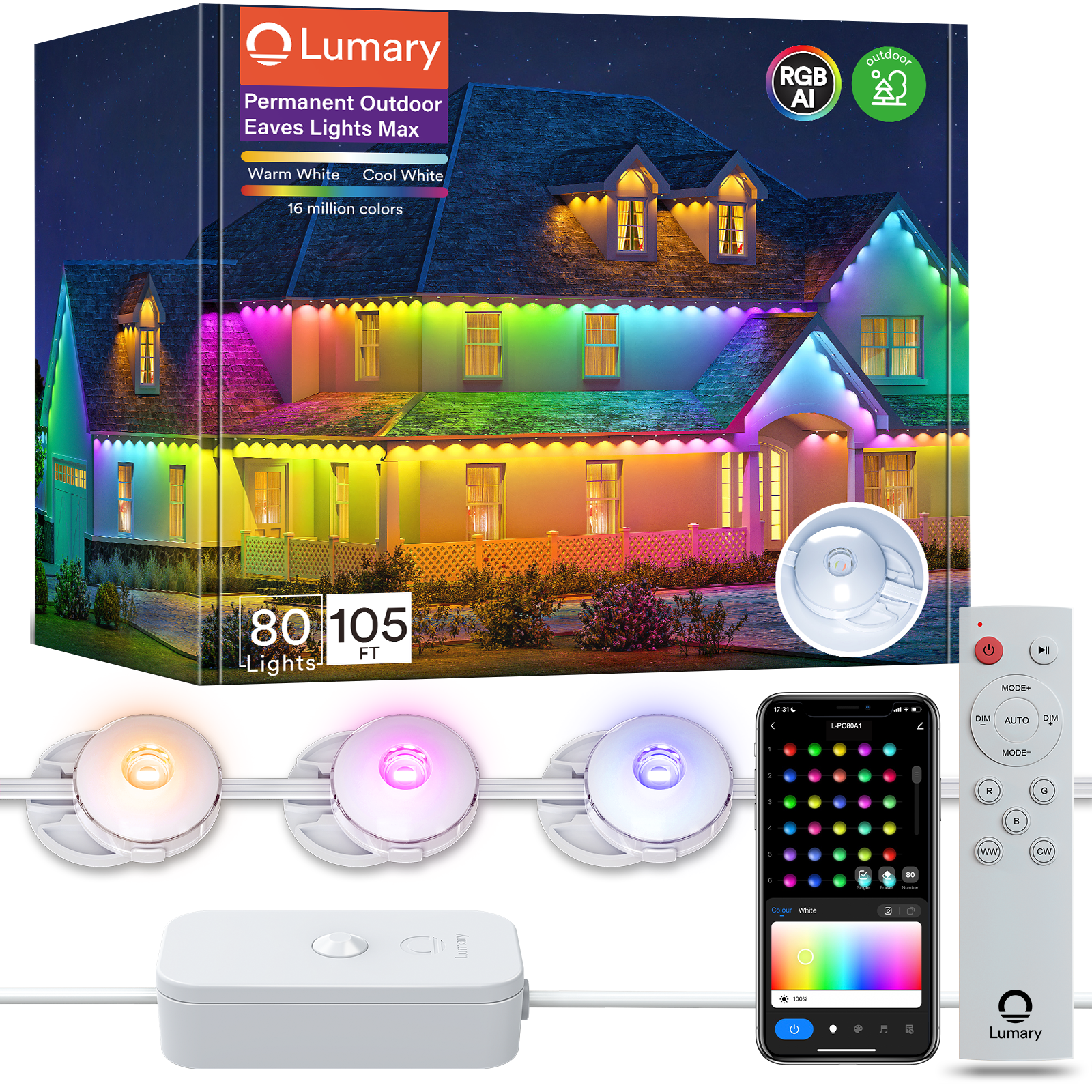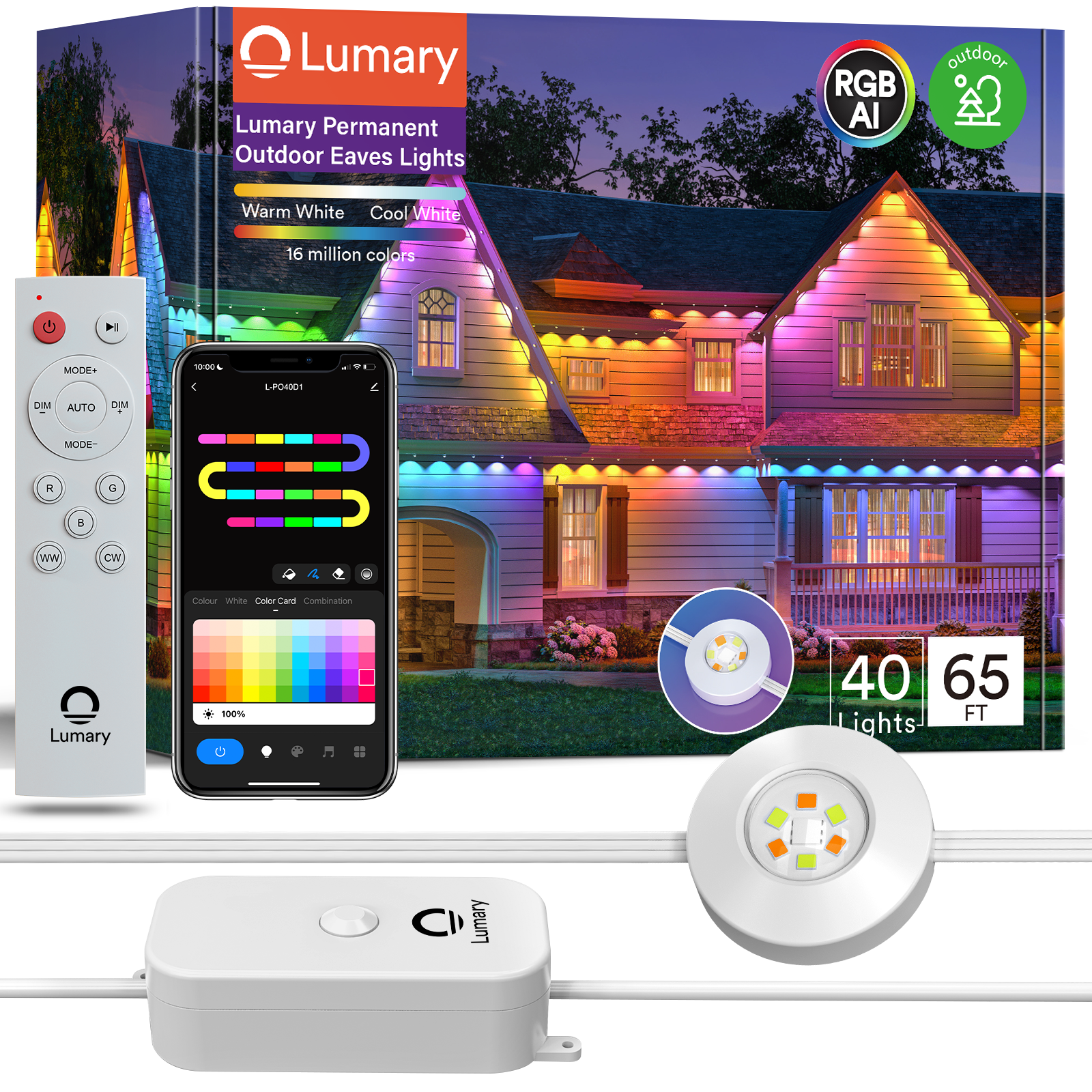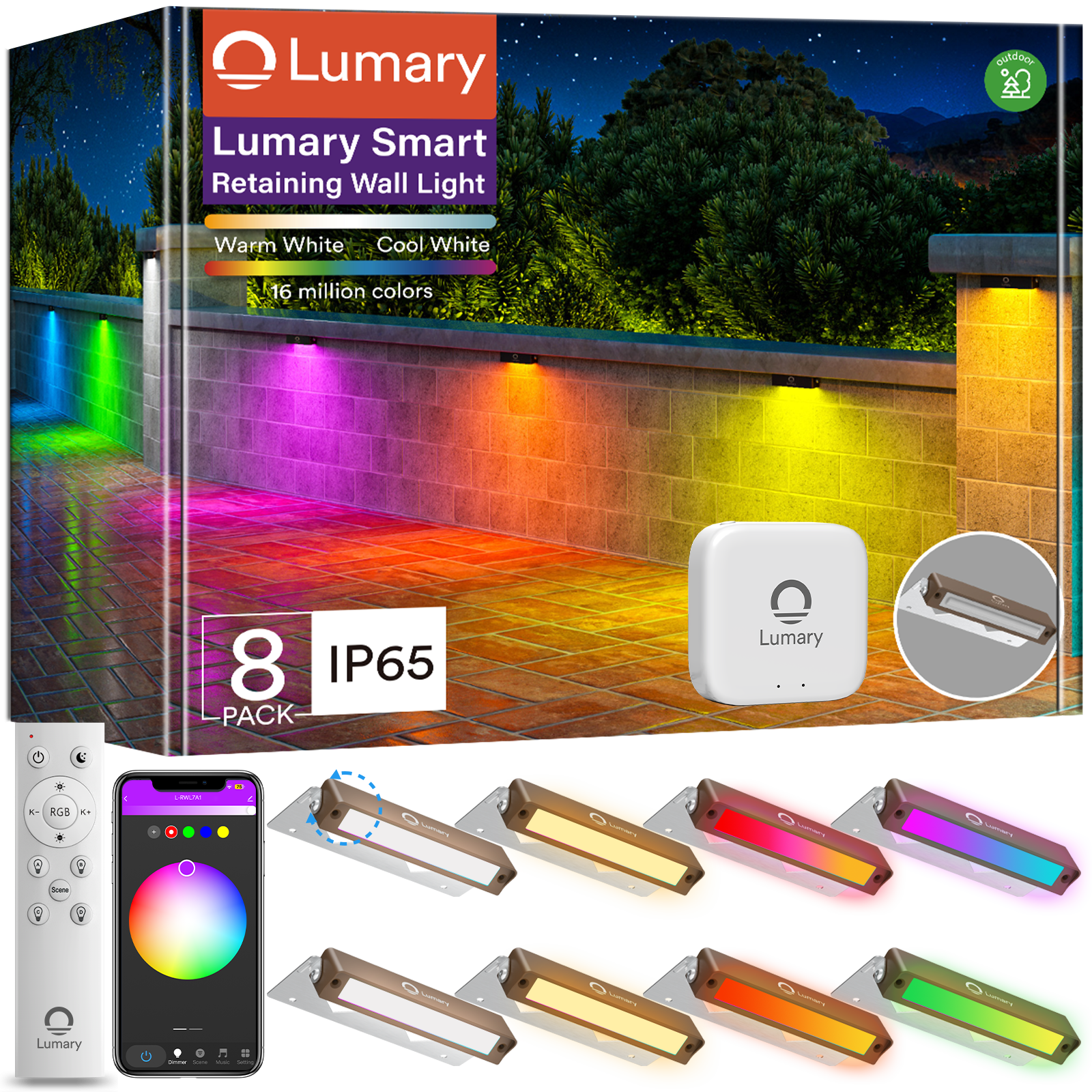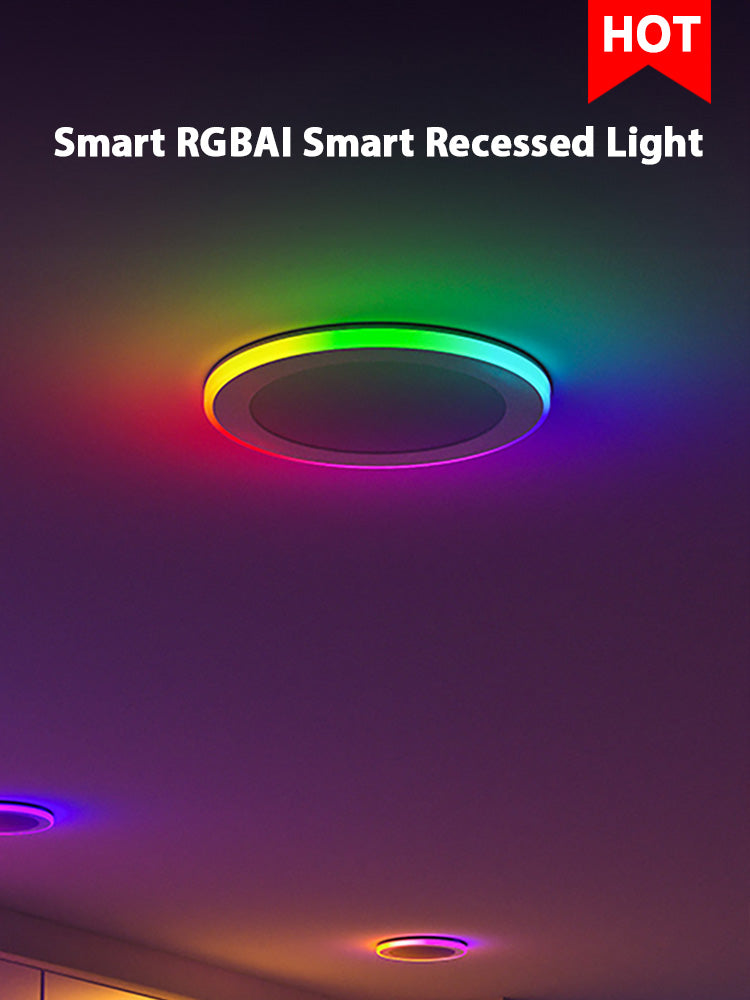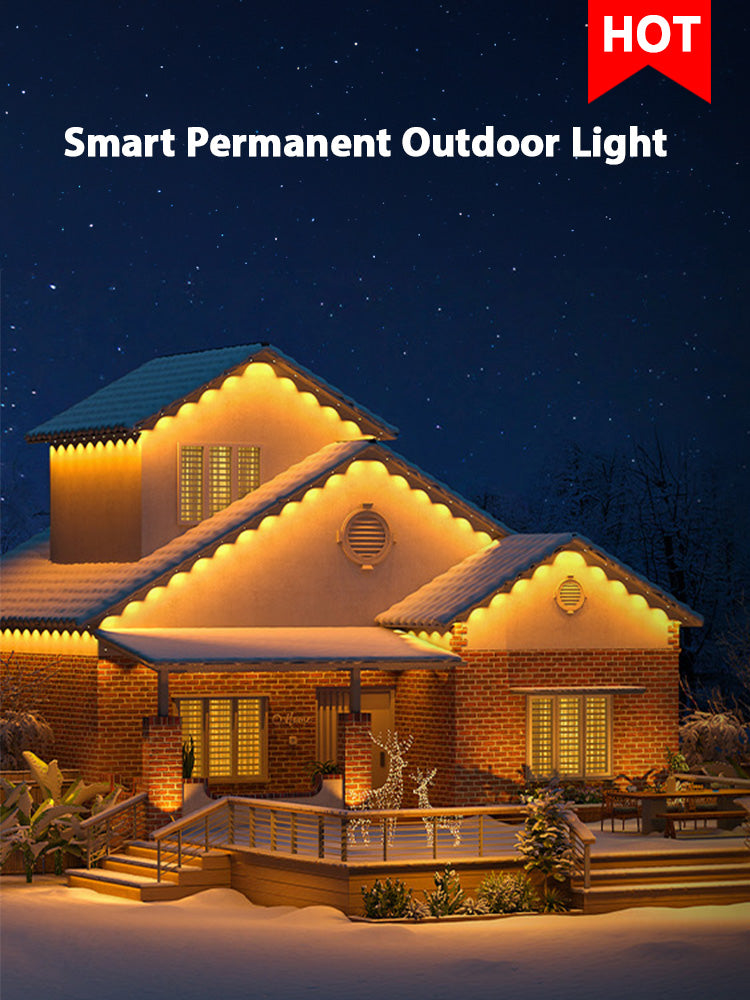With an estimated 40% of outdoor lighting failures directly linked to weather-related damage, outdoor lighting fixtures fight a constant struggle against nature's most damaging forces. From corrosive wetness to strong UV radiation, environmental factors can quickly ruin even the toughest lighting systems. This all-inclusive guide looks at important tactics for safeguarding outdoor lighting fixtures, guaranteeing dependability, lifetime, and the best performance over a range of difficult weather conditions. Readers will find practical advice to protect their outdoor lighting purchases from the sun's damaging power, snow, and rain.

What Weather Challenges Does Outdoor Lighting Face?
Water presents one of the most insidious threats to outdoor lighting systems. Moisture intrusion can cause catastrophic electrical failures, with even minimal water penetration potentially short-circuiting entire lighting networks. Corrosion begins almost immediately upon water contact, attacking metal components and electrical connections. Copper wiring and aluminum fixtures are particularly vulnerable, with oxidation processes compromising structural integrity and electrical conductivity.
Snow and ice introduce complex challenges beyond simple moisture. The substantial weight of accumulated snow can stress mounting brackets and fixtures, potentially causing the structural potential for weight and cold damage. Specific checks or adjustments should be performed for information or complete failure. Temperature fluctuations create additional risks, with freeze-thaw cycles causing material expansion and contraction. This repeated stress can create microscopic cracks in fixtures, progressively weakening their weather resistance. In regions experiencing temperatures below freezing, ice formation can immobilize moving parts, rendering adjustable fixtures inoperable.
Sunlight, often overlooked, represents an equally significant threat to outdoor lighting systems. Ultraviolet radiation systematically degrades polymer materials, causing discoloration, brittleness, and structural breakdown. Polycarbonate and certain plastic components can experience up to 50% strength reduction after prolonged UV exposure. Color fading occurs rapidly, with some materials losing their aesthetic appeal within a single season of intense sunlight. Electronic components beneath fixture surfaces also suffer, with UV radiation accelerating semiconductor degradation.
Choose the Right Materials for Your Outdoor Lights
Material selection for outdoor lights forms the first line of defense against environmental challenges. Stainless steel, particularly marine-grade 316 stainless steel, offers exceptional corrosion resistance, withstanding salt, moisture, and extreme temperature variations. Brass provides another premium option, developing a protective patina that actually enhances its weather resistance over time. Advanced polymer composites now incorporate UV-inhibiting compounds during manufacturing, creating plastics that maintain structural integrity and color stability.
Ingress Protection (IP) ratings provide a critical metric for assessing a fixture's environmental resilience. IP ratings consist of two digits: the first indicates solid particle protection, and the second measures liquid ingress resistance. An IP65 rating, for example, signifies complete dust protection and resistance to low-pressure water jets from any direction. IP67-rated fixtures can be temporarily submerged up to one meter, making them ideal for environments with persistent moisture challenges.
UV-resistant coatings represent a sophisticated approach to material protection. Modern coating technologies include ceramic-based treatments that create molecular barriers against radiation damage. Nano-ceramic coatings can reduce UV penetration by up to 99%, significantly extending fixture lifespan. Some manufacturers now incorporate reflective pigments that actively disperse solar radiation, preventing heat accumulation and minimizing material degradation.
Optimize Outdoor Lighting Installation Best Practices
Strategic positioning can dramatically enhance outdoor lighting durability. Mounting fixtures underneath eaves or architectural overhangs provide natural protection from direct precipitation and intense sunlight. When full coverage is impossible, consider angling fixtures slightly downward to encourage water runoff. Create a minimum 45-degree angle between the fixture and horizontal surfaces to prevent water pooling and facilitate natural drainage.
The mounting techniques must consider environmental stress elements. To provide further sealing, use corrosion-resistant mounting hardware—perhaps stainless steel or bronze—with incorporated rubber gaskets. For places with strong winds or plenty of snow, think about adding extra mounting brackets to spread the structural load. Use flexible mounting points or rubber washers to reduce mechanical stress under severe weather.
Drainage solutions cover more than just basic placement. Small weep holes in fixture designs help to let condensation escape, therefore preventing interior moisture buildup. Create small elevations for ground-mounted fixtures using gravel or specially designed mounting platforms to increase air circulation and stop direct ground contact. To offer an extra layer of environmental protection, think about covering sensitive areas during severe storms.

Implement Effective Maintenance Tips
Long-term outdoor lighting efficacy depends critically on a methodical maintenance routine. Establish quarterly inspections with an eye toward general structural integrity, electrical connection testing, and cleaning of fixture lenses. Using specialized, non-abrasive cleaning products meant for outdoor lights can help you avoid strong chemicals that might ruin protective coatings. While efficiently cleaning dirt and environmental waste, soft microfiber towels stop surface scratching.
Seasonal changes need focused maintenance strategies. Examine and tighten all mounting hardware closely before winter to look for possible stress areas or early indicators of material fatigue. To stop corrosion and moisture ingress, dielectric grease is applied to electrical contacts. If notable damage is seen, summer plans should involve a thorough UV protection assessment and reapplying protective coatings.
Protective coating maintenance requires careful consideration. Most high-quality UV and water-resistant coatings maintain effectiveness for 2-3 years. Schedule a professional assessment or manufacturer-recommended reapplication to ensure continued environmental protection. Keep detailed maintenance records, tracking coating application dates, observed environmental impacts, and fixture performance metrics
Enhance Outdoor Lighting Performance with Technological Innovations
Smart lighting technologies now offer unprecedented environmental adaptability. Advanced systems incorporate moisture sensors that can automatically adjust or shut down smart light fixtures during extreme weather conditions. Some cutting-edge designs feature self-diagnostic capabilities, sending real-time alerts about potential environmental stress or performance anomalies directly to homeowners' smartphones.
Integrated environmental monitoring represents the future of outdoor lighting protection. Some systems now combine moisture detection, temperature tracking, and UV exposure monitoring. These technologies can automatically adjust fixture performance, reducing operational stress during challenging environmental conditions. LED technologies further enhance this resilience, consuming less energy and generating minimal heat, reducing overall environmental vulnerability.
Energy efficiency technologies continue evolving, with new materials and designs offering improved environmental resistance. Hybrid systems combining traditional durability with smart technology provide comprehensive protection. Manufacturers are developing fixtures with modular designs, allowing easy component replacement without complete fixture reconstruction, ultimately reducing long-term maintenance costs.
Develop Comprehensive Lighting Protection Strategies
Protecting outdoor lighting from environmental difficulties calls for a whole strategy combining smart technologies, modern materials, deliberate installation, and constant maintenance. Understanding nature's destructive potential and using thorough protection plans will help homeowners make sure their outdoor lighting stays aesthetically beautiful, efficient, and effective throughout many seasons of difficult weather.

